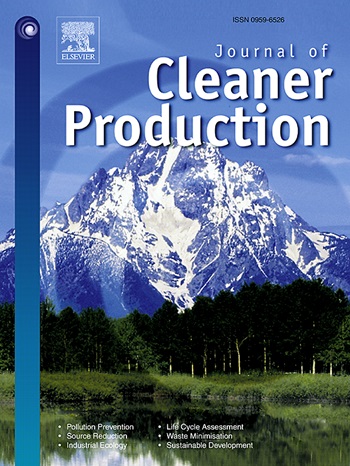A Multi-Level Approach to Circular Economy Progress: Linking National Targets with Corporate Implementation
IF 9.7
1区 环境科学与生态学
Q1 ENGINEERING, ENVIRONMENTAL
引用次数: 0
Abstract
An integrated top-down methodology for assessing and promoting progress towards a circular economy at macro (national) and micro (company) levels is presented. It is based on the MICRON (MIcroCirculaR ecOnomy iNdex) framework developed by (Baratsas, et al., 2022) for companies. In this paper, it has been extended to enable a consistent assessment for companies and countries. The methodology facilitates the analysis of key categories: energy, emissions, water, materials, and waste. A quantitative analysis of circularity, including a sensitivity analysis, is conducted at the macro level, identifying critical areas and the most influential factors for the circular economy. Based on this analysis, existing national strategies are evaluated, and implementation plans with specific measures are developed. This is followed by micro-level implementation, which involves techno-economic assessment of circular projects. Using this methodology, coordinated improvements in circularity are achieved at all levels.The methodology was tested in Slovenia, where the national circularity index revealed stable performance over five years, averaging slightly above 50 points out of 100. Analysis identified significant improvement potential in areas such as energy and emissions, aligning with the country’s focus on decarbonization and energy efficiency in its climate strategies. At the company level, circularity assessments highlighted critical challenges in renewable energy use and overall energy efficiency. The proposed measures showed potential for significantly improving circularity and reducing emissions, while the results provided valuable insights into the economic feasibility of these transitions.求助全文
约1分钟内获得全文
求助全文
来源期刊

Journal of Cleaner Production
环境科学-工程:环境
CiteScore
20.40
自引率
9.00%
发文量
4720
审稿时长
111 days
期刊介绍:
The Journal of Cleaner Production is an international, transdisciplinary journal that addresses and discusses theoretical and practical Cleaner Production, Environmental, and Sustainability issues. It aims to help societies become more sustainable by focusing on the concept of 'Cleaner Production', which aims at preventing waste production and increasing efficiencies in energy, water, resources, and human capital use. The journal serves as a platform for corporations, governments, education institutions, regions, and societies to engage in discussions and research related to Cleaner Production, environmental, and sustainability practices.
 求助内容:
求助内容: 应助结果提醒方式:
应助结果提醒方式:


